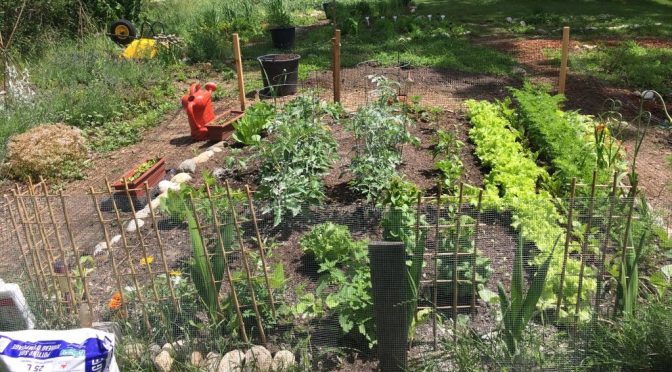A community garden is a place where people come to garden on land that is not their own. The shared land is provided by public or private institutions as well as by private citizens. Rules are established relating to the layout of the garden, the standard of care and the shared duties in the common areas. The vegetables, fruit and flowers harvested from the gardens are doled out in different ways. In most cases community gardens are divided into plots, often referred to as allotments, with a different gardener in charge of each plot. A fee or an exchange of some kind is often associated with the plot. In other cases gardeners work together and share the harvest with each other or collectively donate it to others.
Community gardens provide a place of respite for multiple species of flora and fauna to help combat loneliness, listlessness and isolation. Community gardens contribute to the teaching of plants and the engagement of the community in the access to and appreciation for fresh food. Community gardens enhance green spaces and promote ecological awareness.

